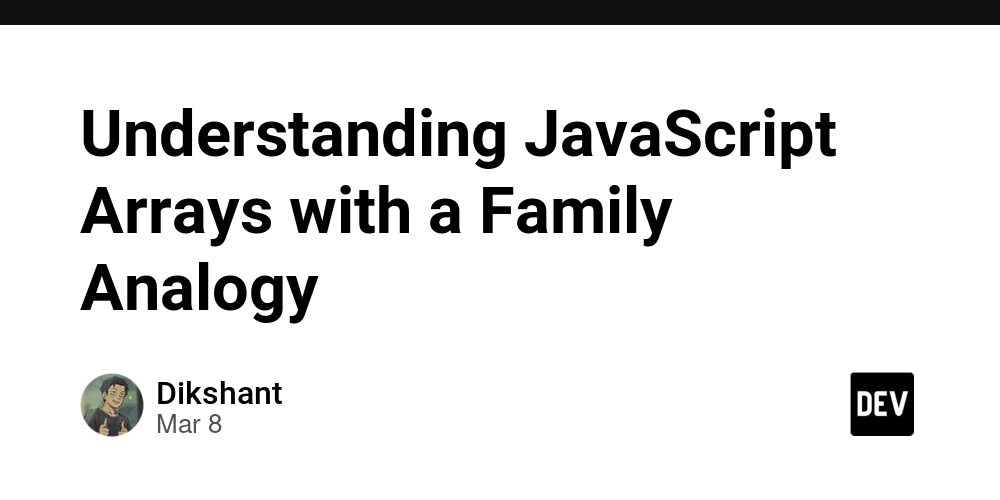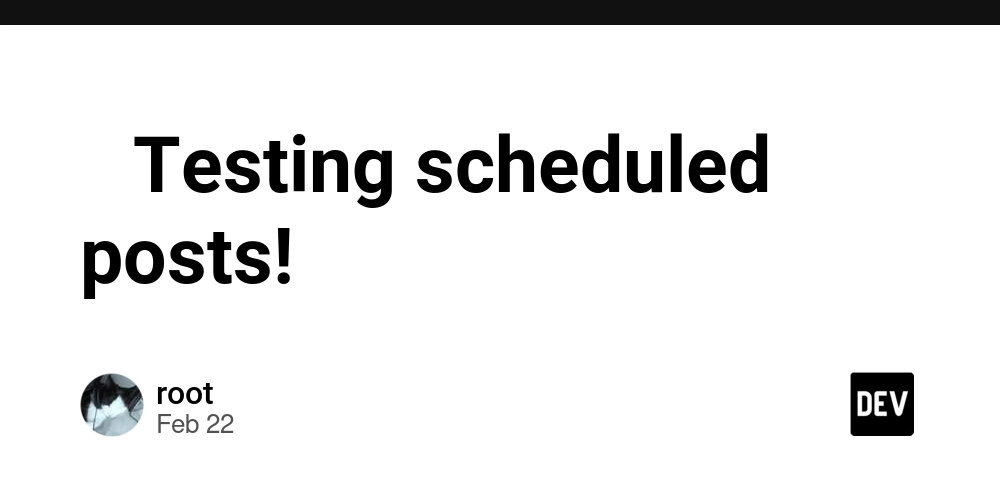Validate your data structures with Vine in your Dart projects
Origins Vine is a data validation library developed by Harminder Virk for the Adonis framework. He was originally an integral part of the framework but was moved to an agnostic package when version 6 was released. From the documentation available [here].(https://vinejs.dev/docs/introduction) VineJS is a form data validation library for Node.js. You may use it to validate the HTTP request body in your backend applications. VineJS is one of the fastest validation libraries in the Node.js ecosystem It provides both runtime and static type safety Built for validating form data and JSON payloads Has first-class support for defining custom error messages and formatting errors Comes with an extensive suite of 50+ validation rules and 12 schema types Extensible. You can add custom rules and schema types to VineJS. We also make it super easy to test custom validation rules import vine from '@vinejs/vine' const schema = vine.object({ email: vine.string().email(), password: vine .string() .minLength(8) .maxLength(32) .confirmed() }) await vine.validate({ schema, data: {...} }) The validation component is essential if you want to have total control over every piece of data entering your backend application. Never trust your users It is mainly used to validate 2 data sources. The contents of the body in the case of POST, PUT or PATCH methods. Url parameters such as a search property allowing additional behaviour to an SQL query or pagination (limit, page). const schema = vine.compile( vine.object({ title: vine.string().minLength(3).maxLength(255), status: vine.enum(['draft', 'published']) content: vine.string().minLength(8) }) ) export default class Controller { async store({ request }: HttpContext): Promise { const data = request.validateUsing(schema) return Article.create(data) } } Dart ecosystem overview The Dart ecosystem is best known for its Flutter cross-platform framework, but the language can also be used in other contexts, such as for web applications (SPA, SSR, static), microservices (although the quality of the packages associated with classic protocols such as AMQP is debatable) or even command guests... The notion of data validation is very little present in the ecosystem, in fact there are mainly two big leaders for Flutter (simply the tool provided by the framework or form_validation). In the context of Dart, we can see validators downloaded 107M times this week, but this package has not been updated for 3 years at the time of writing. The validators package has no fluent API or more complex validation, it's more of a helpers library. On a purely personal level, and although I appreciate the technology, I find it extremely simplistic to sum up the Dart language as simply Flutter. The language itself is more than sufficient to build almost any application; it meets a need for performance, high loads and, like Javascript, is extremely versatile (backend, mobile, desktop, web, etc...). Following this guideline, I wanted to use my last 10 years of experience with the Adonis framework to enrich the Dart language ecosystem. // Detect dark theme var iframe = document.getElementById('tweet-1891367574052495467-835'); if (document.body.className.includes('dark-theme')) { iframe.src = "https://platform.twitter.com/embed/Tweet.html?id=1891367574052495467&theme=dark" } To this end, I asked the package's original creator if I could reuse the name of his project in order to produce a quality library for all the validation needs of any type of application. Vine in Dart Like its namesake, this package enables validation operations to be performed on a more or less complex data structure. View on Github View on Dart Pub To date, we support an average of 29,000,000 validation operations per second. Benchmarks are available here. Schema 101 The design of a validation schema follows a set of rules that allow us to structure our validation as well as possible, while avoiding having to continue going through the rules if one of them is not respected, so we can observe several levels of validation. Description of the rules in schema 101. A validation schema systematically begins with a form, which must be an object. final schema = vine.object({...}); To this base, we can add a first property to be validated, for this example we will define a username. final schema = vine.object({ 'username': vine.string() }); Now that our property has been declared, we're going to add some additional validation rules (often in line with your column type constraints when validating data before an SQL operation). final schema = vine.object({ 'username': vine.string() .minLength(3) .maxLength(255) //

Origins
Vine is a data validation library developed by Harminder Virk for the Adonis framework.
He was originally an integral part of the framework but was moved to an agnostic package when version 6 was released.
From the documentation available [here].(https://vinejs.dev/docs/introduction)
VineJS is a form data validation library for Node.js. You may use it to validate the HTTP request body in your backend applications.
VineJS is one of the fastest validation libraries in the Node.js ecosystem
It provides both runtime and static type safety
Built for validating form data and JSON payloads
Has first-class support for defining custom error messages and formatting errors
Comes with an extensive suite of 50+ validation rules and 12 schema types
Extensible. You can add custom rules and schema types to VineJS. We also make it super easy to test custom validation rules
import vine from '@vinejs/vine' const schema = vine.object({ email: vine.string().email(), password: vine .string() .minLength(8) .maxLength(32) .confirmed() }) await vine.validate({ schema, data: {...} })
The validation component is essential if you want to have total control over every piece of data entering your backend application.
Never trust your users
It is mainly used to validate 2 data sources.
- The contents of the body in the case of
POST,PUTorPATCHmethods. - Url parameters such as a search property allowing additional behaviour to an SQL query or pagination (limit, page).
const schema = vine.compile(
vine.object({
title: vine.string().minLength(3).maxLength(255),
status: vine.enum(['draft', 'published'])
content: vine.string().minLength(8)
})
)
export default class Controller {
async store({ request }: HttpContext): Promise<Articles> {
const data = request.validateUsing(schema)
return Article.create(data)
}
}
Dart ecosystem overview
The Dart ecosystem is best known for its Flutter cross-platform framework, but the language can also be used in other contexts, such as for web applications (SPA, SSR, static), microservices (although the quality of the packages associated with classic protocols such as AMQP is debatable) or even command guests...
The notion of data validation is very little present in the ecosystem, in fact there are mainly two big leaders for Flutter (simply the tool provided by the framework or form_validation).
In the context of Dart, we can see validators downloaded 107M times this week, but this package has not been updated for 3 years at the time of writing.
The
validatorspackage has no fluent API or more complex validation, it's more of a helpers library.
On a purely personal level, and although I appreciate the technology, I find it extremely simplistic to sum up the Dart language as simply Flutter. The language itself is more than sufficient to build almost any application; it meets a need for performance, high loads and, like Javascript, is extremely versatile (backend, mobile, desktop, web, etc...).
Following this guideline, I wanted to use my last 10 years of experience with the Adonis framework to enrich the Dart language ecosystem.
// Detect dark theme var iframe = document.getElementById('tweet-1891367574052495467-835'); if (document.body.className.includes('dark-theme')) { iframe.src = "https://platform.twitter.com/embed/Tweet.html?id=1891367574052495467&theme=dark" }
To this end, I asked the package's original creator if I could reuse the name of his project in order to produce a quality library for all the validation needs of any type of application.
Vine in Dart
Like its namesake, this package enables validation operations to be performed on a more or less complex data structure.
View on Github View on Dart Pub
To date, we support an average of 29,000,000 validation operations per second. Benchmarks are available here.
Schema 101
The design of a validation schema follows a set of rules that allow us to structure our validation as well as possible, while avoiding having to continue going through the rules if one of them is not respected, so we can observe several levels of validation.
Description of the rules in schema 101.

A validation schema systematically begins with a form, which must be an object.
final schema = vine.object({...});
To this base, we can add a first property to be validated, for this example we will define a username.
final schema = vine.object({
'username': vine.string()
});
Now that our property has been declared, we're going to add some additional validation rules (often in line with your column type constraints when validating data before an SQL operation).
final schema = vine.object({
'username': vine.string()
.minLength(3)
.maxLength(255) // 






















































.jpg)





















































































































![[The AI Show Episode 142]: ChatGPT’s New Image Generator, Studio Ghibli Craze and Backlash, Gemini 2.5, OpenAI Academy, 4o Updates, Vibe Marketing & xAI Acquires X](https://www.marketingaiinstitute.com/hubfs/ep%20142%20cover.png)















































































































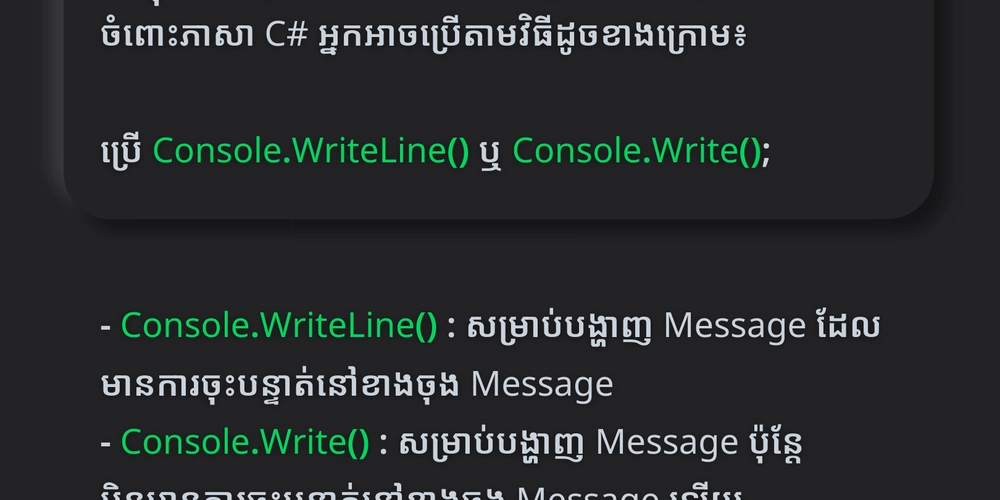
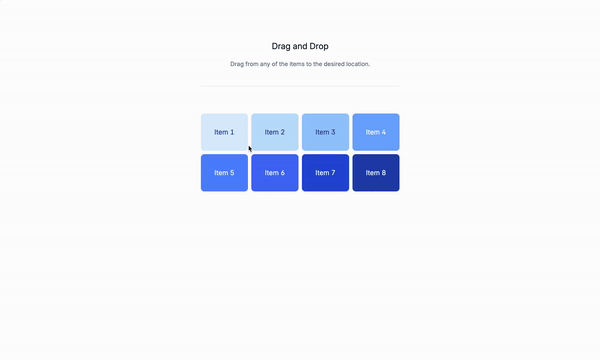
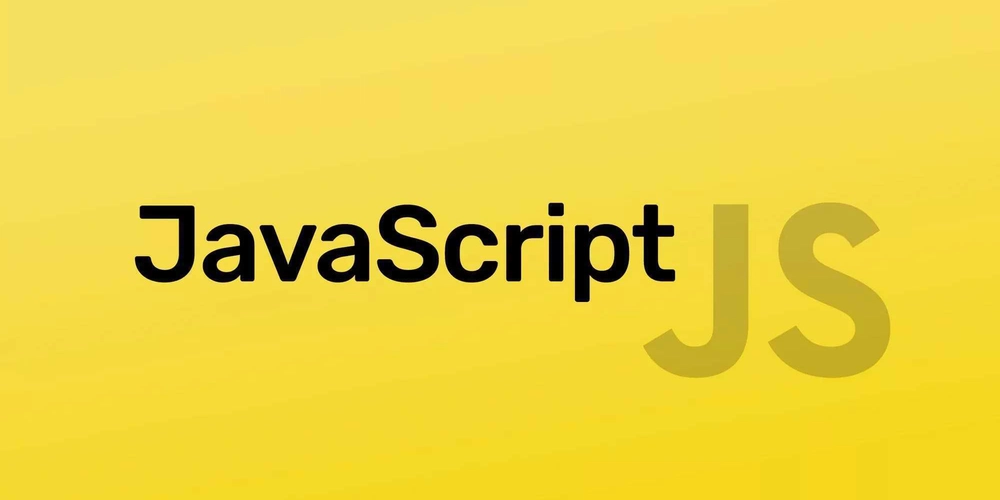













![From drop-out to software architect with Jason Lengstorf [Podcast #167]](https://cdn.hashnode.com/res/hashnode/image/upload/v1743796461357/f3d19cd7-e6f5-4d7c-8bfc-eb974bc8da68.png?#)






































































































.png?#)





.jpg?#)































_Christophe_Coat_Alamy.jpg?#)











































































































![Rapidus in Talks With Apple as It Accelerates Toward 2nm Chip Production [Report]](https://www.iclarified.com/images/news/96937/96937/96937-640.jpg)




































































































































